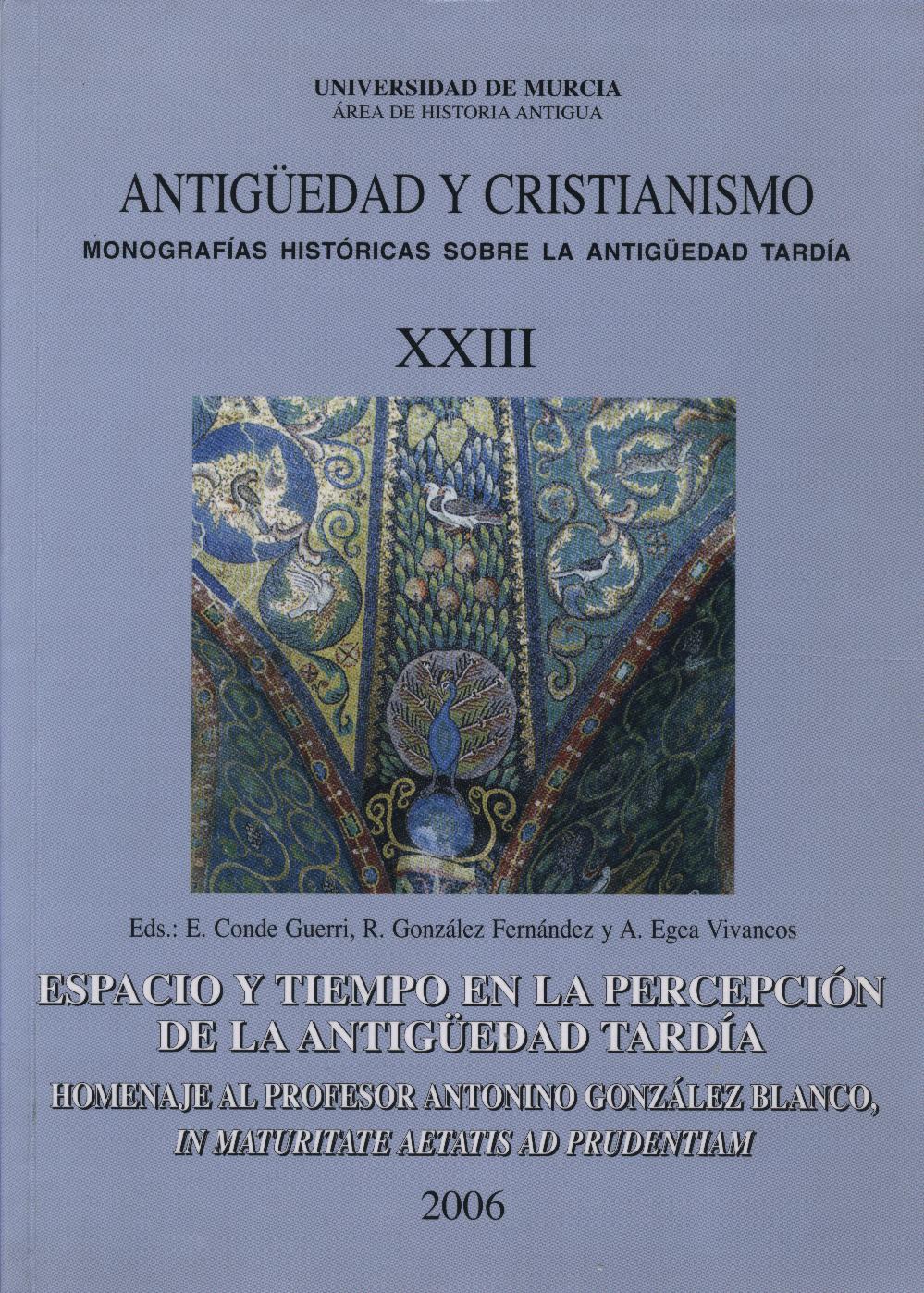La inscripción CIL II 3037 y una posible calzada romana de Complutum a Madrid
Abstract
The revisión of E. HÜBNER’S manuscript sources for his edition of the disappeared inscription CIL II 3037 shows that all the information we possess about it stems from an 18th century autograph by A. M. BURRIEL, collaborator of L. J. VELÁZQUEZ, whose drawing gives a precise idea of the form and decoration of that stele and allows to establish defi nitively the reading of the inscription. From his detailed description of the exact place of its discovery, missunderstood by HÜBNER, results that it was situated at the extreme west end of one of the necropolis of
Complutum, next to the Torote bridge and a hypothetical Roman road running westward from Complutum towards Madrid.
Downloads
-
Abstract356
-
PDF (Español (España))437
1. The authors non-exclusively assign the exploitation rights (reproduction, distribution, communication and transformation) to the magazine.
2. The works published in this magazine are subject to the Attribution-ShareAlike 4.0 International license (CC By SA 4.0). Therefore, they can be copied, used, disseminated, transmitted and publicly displayed, provided that:
i) the authorship and the original source of its publication (journal, editorial and URL of the work) are cited, thus allowing its recognition.
ii) it is allowed to remix, transform or create from the material while maintaining the same license as the original.
Note: Articles prior to 2022 incorrectly display the CC by SA license in the abstract page. They are under a CC by NC ND license as embedded in the article pdfs. Articles published in 2022 and after are under the CC by SA license.

3. Self-archiving conditions. Authors are allowed and encouraged to electronically disseminate the pre-print (version before being evaluated) and/or post-print (version evaluated and accepted for publication) versions of their works before publication, as it favors their publication. Earlier circulation and diffusion and with it a possible increase in its citation and reach among the academic community. Color RoMEO: verde.
























